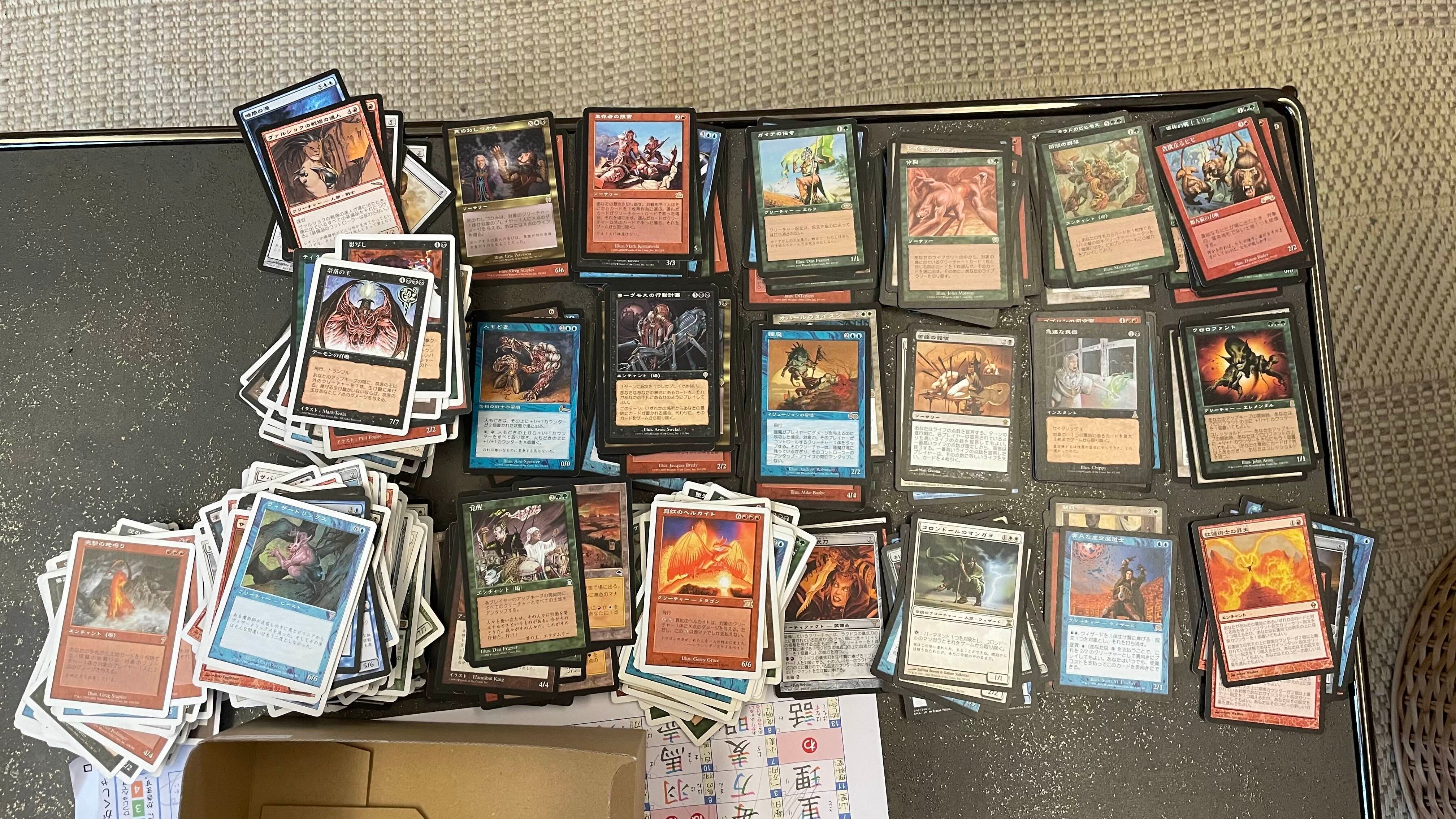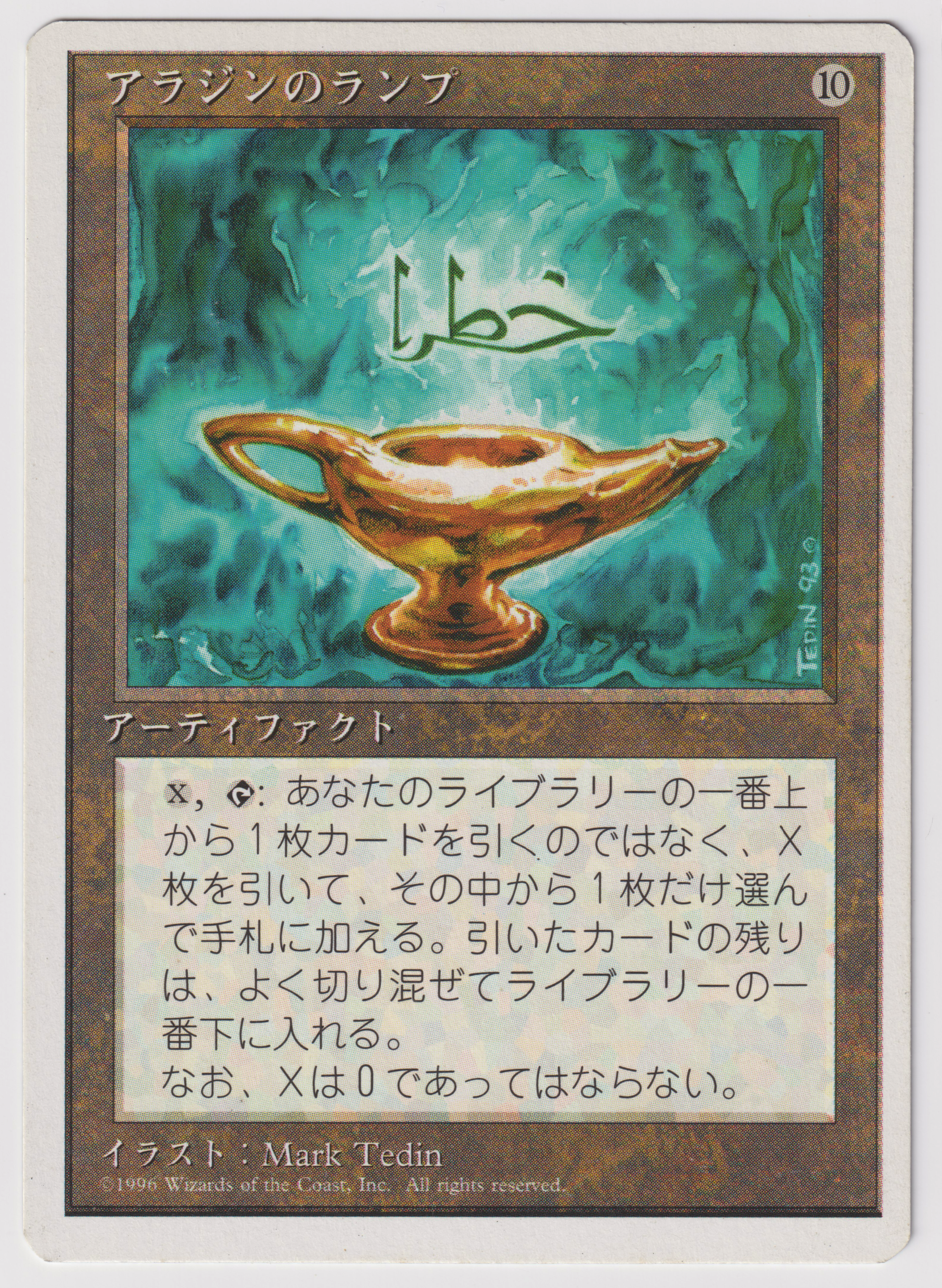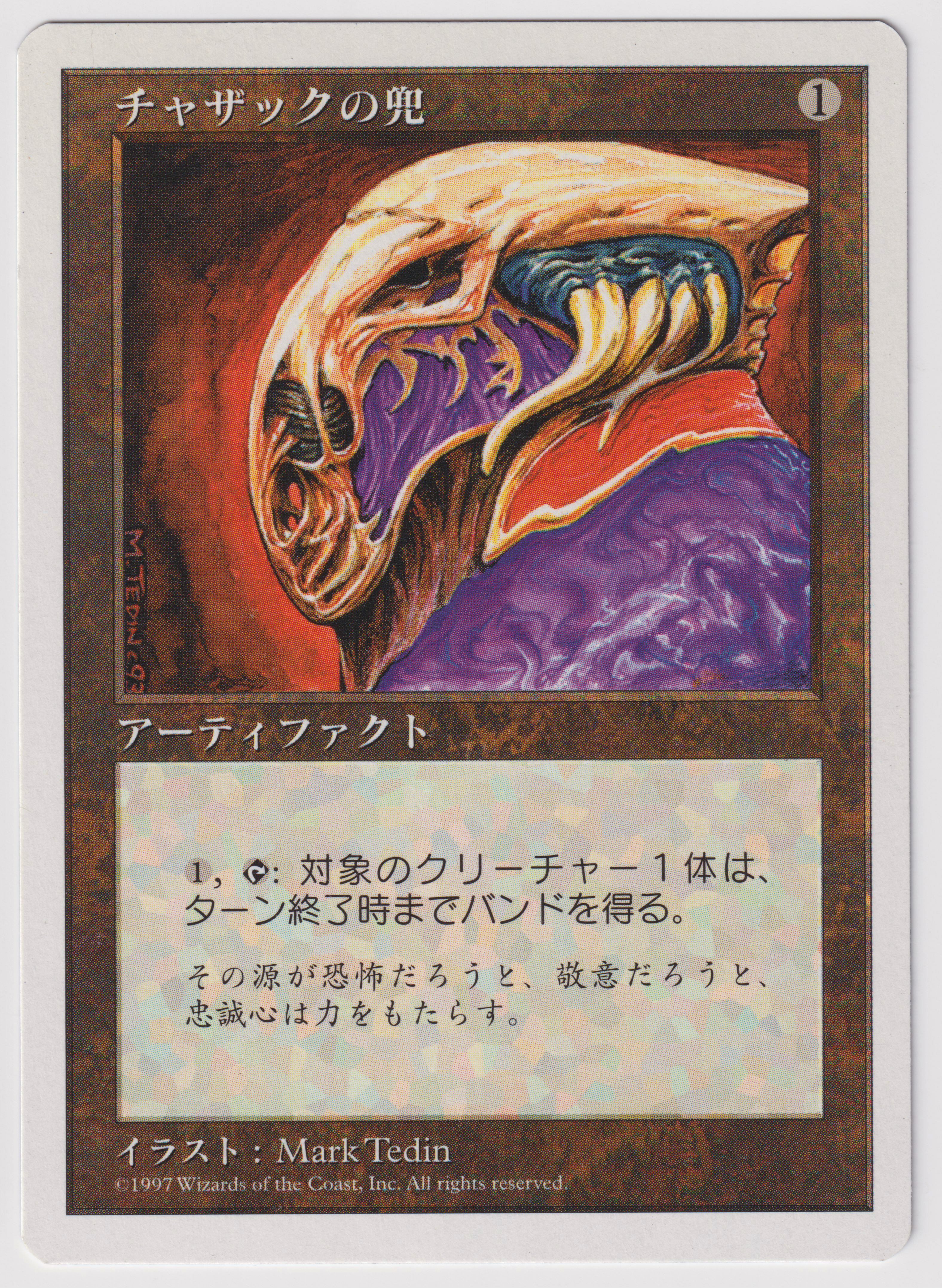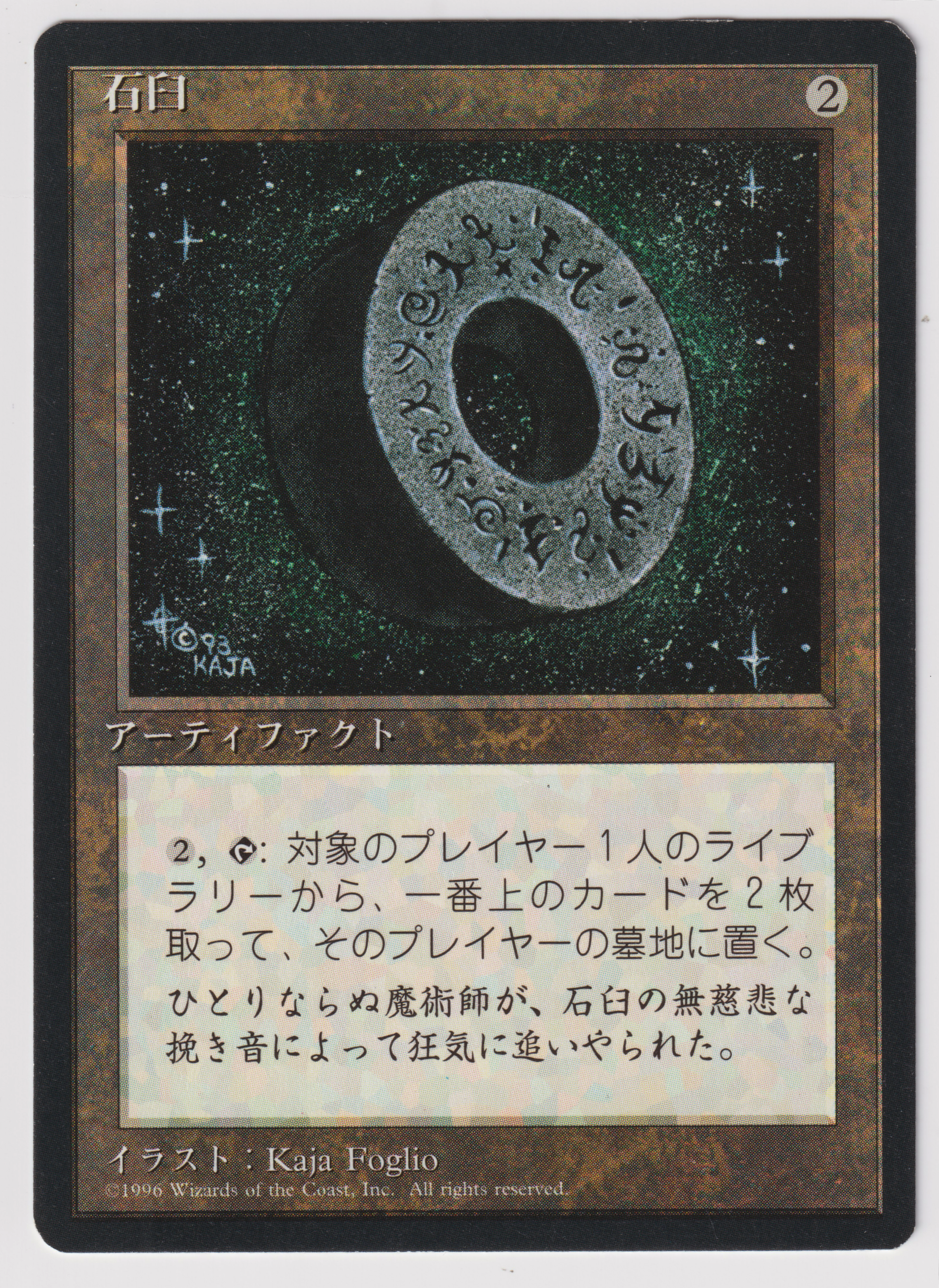Recently, I dove into a nostalgic project: sorting through a bulk lot of old Magic: The Gathering cards I’d picked up from Hareruya. My focus was on sets ranging from Fourth Edition all the way up to Tenth Edition, with a special side quest for Urza’s Saga and a mysterious block of foreign black border cards. As someone who started playing Magic during Shadows over Innistrad, this was a fascinating journey into the game’s past, full of surprises and discoveries.
Sorting Old MTG Cards and the Allure of White Borders

The Challenge of Identifying Old Core Sets
One of the first hurdles was distinguishing between Fourth Edition, Fifth Edition, and the foreign black border Fourth Edition cards. Unlike modern sets, these don’t have set symbols, making them tricky for anyone who didn’t grow up with them. My solution? Check the copyright year in the lower left corner:
- Japanese cards use 1996
- English cards use 1995

- Japanese and English cards use the same year

- There are no English cards

It’s a simple trick, but it saved me a lot of confusion, especially since the foreign black border cards were never printed in English and stand out with their striking look.
Art Through the Ages
As someone who started playing during Shadows over Innistrad, seeing the evolution of Magic’s artwork was fascinating. The older sets have a very different vibe, sometimes whimsical, sometimes downright bizarre. Case in point: Lhurgoyf from Fifth Edition, with its gnarled, tree-like body and a horrified face embedded in its mass. It’s the kind of card that makes you say “yabai!” (Japanese for “whoa” or “that’s wild!”), a word I picked up from my son’s favorite YouTubers and found myself muttering as I sorted.
Multitasking: Sorting Cards and Learning Japanese
Sorting cards is a repetitive, almost meditative task, perfect for pairing with background audio. I found that listening to Japanese TV or YouTube while sorting helped me absorb new words and phrases without getting tired. But here’s a tip: this multitasking only works well when you’re just sorting. If you’re registering or cataloging cards for your inventory, it’s easy to make mistakes if your attention is divided. For data entry, focus is key.
The White-Border Commander Deck Experiment
All this exposure to white-border cards got me thinking: what if I built a Commander deck using only white-border cards? There’s something charming and retro about the look, but the pool is limited, especially for legendary creatures. Still, it could be a fun experiment, even if it’s not the most competitive deck at the table. Maybe it’s the next quirky project for a rainy day.
Final Thoughts
Sorting old Magic cards is more than just organizing pieces of cardboard, it’s a journey through the game’s history, a language lesson, and a reminder of how much the game (and its community) has evolved. If you’ve never tried multitasking your hobbies, give it a shot, but keep the high-focus tasks separate if you want to avoid mistakes. And if you ever find yourself drawn to the clean, classic look of white borders, maybe it’s time for your own Commander experiment.
You may find this blog post interesting and relevant too